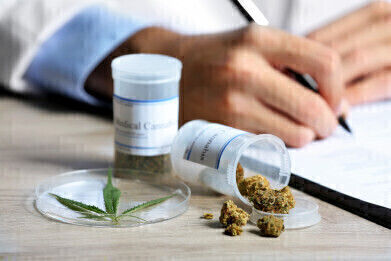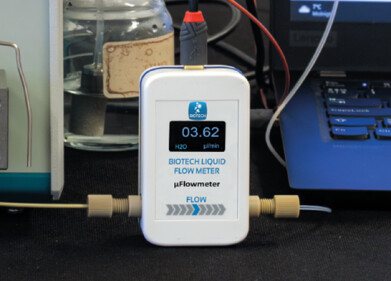HPLC, UHPLC
Revolutionising Cannabis Potency Analysis
Jul 04 2023
The cannabis industry has been on an upward trajectory in recent years, with the widespread acceptance of its medicinal and recreational use. As cannabis consumption becomes more prevalent, the need for accurate potency analysis becomes increasingly important. Potency analysis helps consumers, producers, and regulators understand the chemical composition of cannabis products and make informed decisions. However, traditional methods for cannabis potency analysis have often been cumbersome, time-consuming, and prone to error. Considering these challenges, a ground breaking new methodology has emerged, offering improved accuracy and efficiency in analysing cannabis potency.
The Limitations of Traditional Methods:
Historically, cannabis potency analysis has relied on techniques such as gas chromatography (GC) or high-performance liquid chromatography (HPLC). While these methods have been widely used, they have notable drawbacks. GC requires the decarboxylation of acidic cannabinoids, leading to potential loss and degradation of cannabinoids during the process. Moreover, GC requires large sample sizes and complex preparation steps, making it time-consuming and costly.
HPLC, on the other hand, is a popular choice due to its ability to analyse acidic and neutral cannabinoids simultaneously. However, it suffers from issues such as long run times, poor resolution of certain cannabinoids, and the need for extensive sample preparation. These challenges have created a demand for an alternative methodology that overcomes these limitations.
Enter the New Era: Ultra-High Performance Liquid Chromatography (UHPLC):
A promising breakthrough in cannabis potency analysis has arrived in the form of ultra-high-performance liquid chromatography (UHPLC). This advanced technique builds upon the foundation of HPLC but offers significant improvements in speed, resolution, and sensitivity. UHPLC utilises smaller particle sizes in the chromatographic column, allowing for faster separations and higher resolution of cannabinoids. This results in more accurate and reliable potency analysis, enabling a comprehensive assessment of the chemical profile of cannabis products.
Benefits and Advantages:
The adoption of UHPLC in cannabis potency analysis brings several benefits to the industry. First and foremost, the increased speed of analysis allows for higher throughput, enabling laboratories to process more samples in less time. This not only benefits consumers by reducing waiting times for results but also enhances productivity for producers, facilitating quicker product release and supply chain management.
Furthermore, UHPLC's enhanced resolution enables the differentiation of closely related cannabinoids, such as Δ9-THC and its acidic precursor, THCA. This distinction is crucial, as it allows for a more precise understanding of the psychoactive potential of a cannabis product, providing valuable information to both medical users and recreational consumers.
Additionally, the improved sensitivity of UHPLC reduces the required sample size, minimising the amount of cannabis material needed for analysis. This is particularly valuable when dealing with limited or precious samples, such as rare or high-value strains. By optimising sample usage, UHPLC contributes to cost-effectiveness and reduces waste, benefiting both businesses and the environment.
Conclusion:
The emergence of ultra-high-performance liquid chromatography (UHPLC) as an improved methodology for cannabis potency analysis marks a significant advancement in the industry. This innovative technique offers enhanced accuracy, speed, resolution, and sensitivity, overcoming the limitations of traditional methods like GC and HPLC. UHPLC's ability to provide precise and comprehensive analyses contributes to the overall quality assurance of cannabis products, benefiting consumers, producers, and regulators alike.
As the cannabis industry continues to evolve, it is crucial to embrace advancements in analytical technologies. Policymakers should support the implementation of UHPLC in cannabis potency testing laboratories, ensuring that consumers have access to safe and accurately labelled products. The adoption of this ground breaking methodology will not only enhance the transparency and trust within the industry but also pave the way for further innovations in cannabis research and development.
More information online
Digital Edition
Chromatography Today - Buyers' Guide 2022
October 2023
In This Edition Modern & Practical Applications - Accelerating ADC Development with Mass Spectrometry - Implementing High-Resolution Ion Mobility into Peptide Mapping Workflows Chromatogr...
View all digital editions
Events
ACS National Meeting - Fall 2024
Aug 18 2024 Denver, CO, USA
Sep 04 2024 Chiba, Tokyo, Japan
Sep 04 2024 University of Warwick, Coventry, UK
Sep 10 2024 Rockville, MD, USA
Plastics Recycling World Expo Europe
Sep 11 2024 Brussels, Belgium














